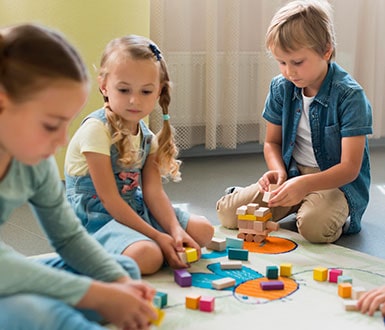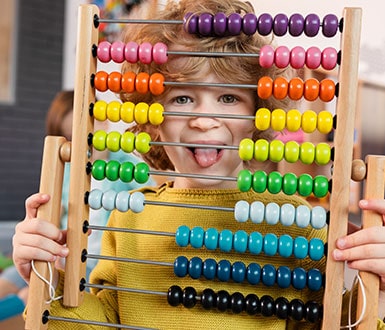In a world facing unprecedented environmental challenges, educating the youngest generation about climate change is more crucial than ever. As preschool educators, we have a unique responsibility to integrate this awareness into our educational programs in ways that are understandable and meaningful for our young students. This article explores why it is essential for children to be aware of climate change and how they can contribute to a more sustainable future from their homes.
“Let us remember: One book, one pen, one child, and one teacher can change the world & the beauty of their dreams.” Billi Reuss
Why is it crucial for children to be aware of climate change during childhood?
-
Forming sustainable habits: Habits formed in childhood can last a lifetime. Teaching children about sustainable practices from an early age can lead to a generation that naturally leans towards more eco-friendly choices.
-
Developing empathy towards nature: Understanding climate change fosters greater appreciation and respect for the environment. Children learn the value of natural resources and the importance of conserving biodiversity, reinforcing their connection and empathy towards the natural world.
-
Empowerment and responsibility: When children are aware of global issues and understand they can be part of the solution, they feel empowered. This fosters a sense of responsibility and proactivity from an early age.


How can children learn about climate change and contribute from home?
Age-appropriate teaching: The key to teaching children about climate change is breaking down information into concepts they can understand. Using stories, playful activities, and visual examples can help explain how our actions impact the planet.
Practical actions for the home:
a. Recycling and reusing: Teaching children to recycle paper, plastic, and glass is a fundamental first step. Reusing materials for crafts or other practical uses can also foster creativity and environmental awareness.
b. Water and energy conservation: Instilling habits such as turning off lights when leaving a room or closing the tap while brushing teeth are simple actions children can learn and practice daily.
c. Gardening: If possible, growing plants or even a small garden can teach children the value of food and the effort involved in producing it, as well as being an excellent way to absorb CO2 from the air.
d. Conscious use of resources: Accompanying parents on shopping trips can be an opportunity to teach children to choose products with less packaging or made from recycled materials.
Incorporating technology: Using educational apps on sustainability can provide children with an interactive and engaging way to learn about the environment. Home science projects that simulate the greenhouse effect or demonstrate water filtration are effective methods for teaching abstract concepts.
Promoting discussion: Regularly discussing climate and its changes, and how they affect our surroundings, can help children understand the relevance of the issue. These discussions can also address solutions and ways each family member can contribute.
Conclusion
Incorporating education about climate change into preschool curriculum is not only crucial for children’s development but also for the future of the planet. Through simple activities and everyday conversations, children can grow up with an ecological awareness that will influence their future decisions and empower them to address and solve environmental challenges. As educators and parents, we have the opportunity and responsibility to guide this new generation towards a more sustainable and environmentally respectful future

